
Where do «zoomers» work? An expert on smart offices and how they differ from coworking spaces
It is becoming more common to work in flexible workspaces. One of those spaces is the smart office. Today we will find out what a smart office is, how it differs from a coworking space, why it has become popular, and what it offers.
Mark Dixon is the man who invented the concept of the unfixed workstation. It happened in the year 1989. When he arrived in Brussels, he noticed that there was a lack of affordable office space in the city and decided to change the situation. It was he who founded the first mini-office rental company, Regus, and it began operating all over the world.
Today, the model of maximally mobile and adaptable offices is already quite common — companies are increasingly moving away from the format of traditional office space. This has been influenced by the pandemic, as well as digitalization and the arrival of the «zoomer» generation in the labor market.
We all know about co-working spaces, but there is also such a popular format as «smart offices.» Irek Allayarov, Managing Partner of the SOK network of smart offices, told us more about smart offices, their features, and popularity, as well as their differences from other workspaces.
«When renting a smart office, the client doesn’t need to be distracted by anything but work tasks»
— What workspace formats are most in demand right now? Let’s list them and tell a bit about each one.

— So, today, these workplace formats are widespread:
Co-working is an open space in which representatives of different teams and professions can work. It does not involve fixed workplaces — the client takes any free space.
A fixed workplace implies that the client works at the same desk every time.
A smart office is a separate room for a certain number of workstations. Generally, it functions similarly to a standard office, but with added infrastructure and excellent service.
Built-to-suit is a separate office that is designed to meet the needs of the client, from the layout to the accessories. The office operator undertakes not only the repair work, but also the maintenance of the office.
— Now let’s take a closer look at the «smart office» format. What is this format, and how does it differ from coworking spaces?
— Coworking spaces and smart offices are flexible workspaces where workstations are rented instead of square meters. The concept of a workplace includes not only a table and chair, but also all the conditions necessary for comfortable work: a good Internet connection, a printer, a stylish interior, pods for phone calls, the possibility of renting an equipped meeting room, a security system, and so on.
Such workspaces are called flexible because of their ability to adjust to the needs of the business: starting with the conditions of the lease (lease is possible for a day or a year), and ending with the physical capabilities of the office. It works like this: the team grows — the space expands, resources are optimized — the office is optimized. A cool thing about smart offices is the «office by subscription» format, where you can pay for the office when you visit it.
The key difference between a smart office and a coworking space is the following: a coworking is an open space, while a smart office is a separate room for a certain number of jobs.
In essence, a smart office is a standard office, but with services included. Smart offices usually take into account all the wishes of the team.

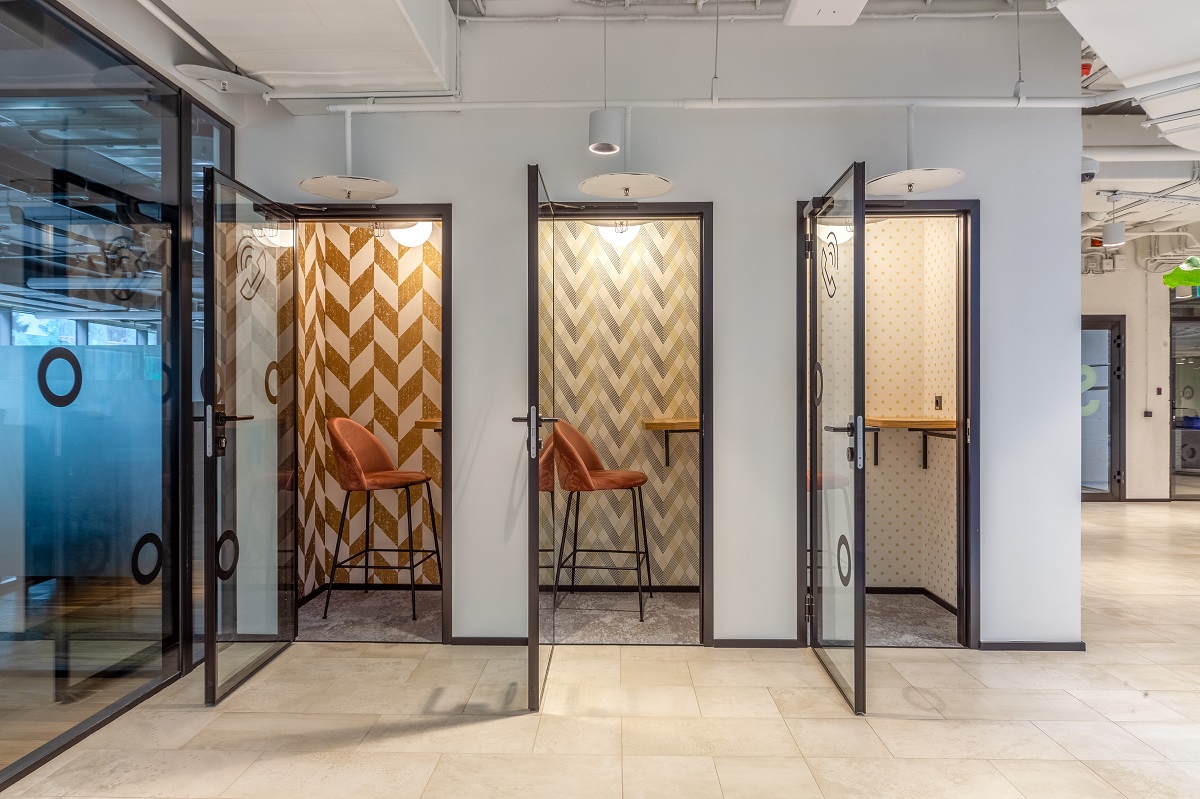
— Why are smart offices so popular? What benefits does this format provide?
— The popularity of flexible workspaces is related to the growing popularity of remote work. This format implies that teams do not meet daily, at least not as a full team. Someone relocated the entire office to a remote location, while another relocated only a portion of the team; someone needs to meet every day, while another needs to see each other once every two weeks — each format necessitates customized solutions, which the standard lease does not provide.
The second reason for the growing popularity of smart offices is the economic turmoil that businesses have faced in the last few years. Remember, how the whole world froze up during the pandemic? Back then, businesses could not plan anything for the long term, and what became most necessary was a quick short-term lease with the ability to quickly move in and out of a technologically equipped office when needed.
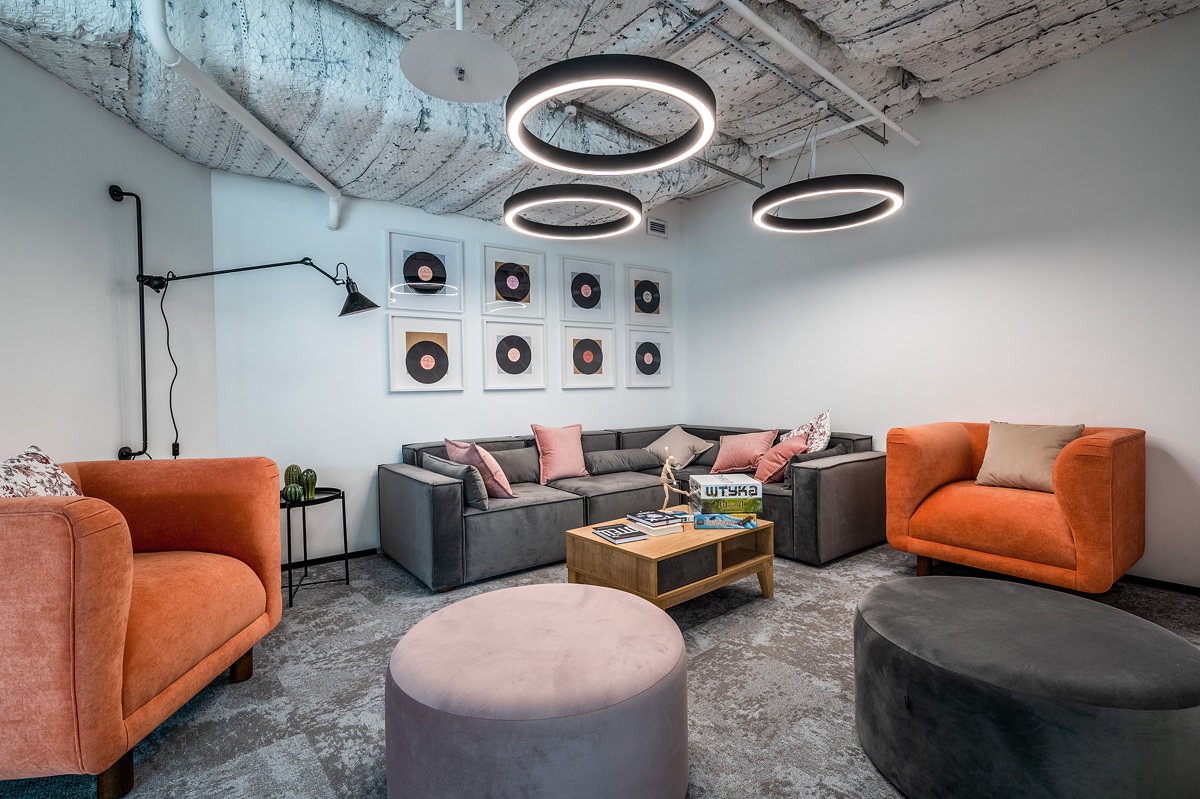
Service is a basic condition and the main advantage of smart spaces. Service is always included in the rent and includes all those things that are usually very distracting from work tasks: cleaning, paying utility bills, repairs, rearranging, Internet quality, hot drinks and their quality, coffee machine service, leisure activities, a security system, and so on. When renting a smart office, the client does not have to be distracted by anything other than his own work tasks.
Another thing that makes smart spaces a point of attraction is the community. The residents of such locations are typically able to communicate, exchange ideas, and find new partners, clients, or friends.
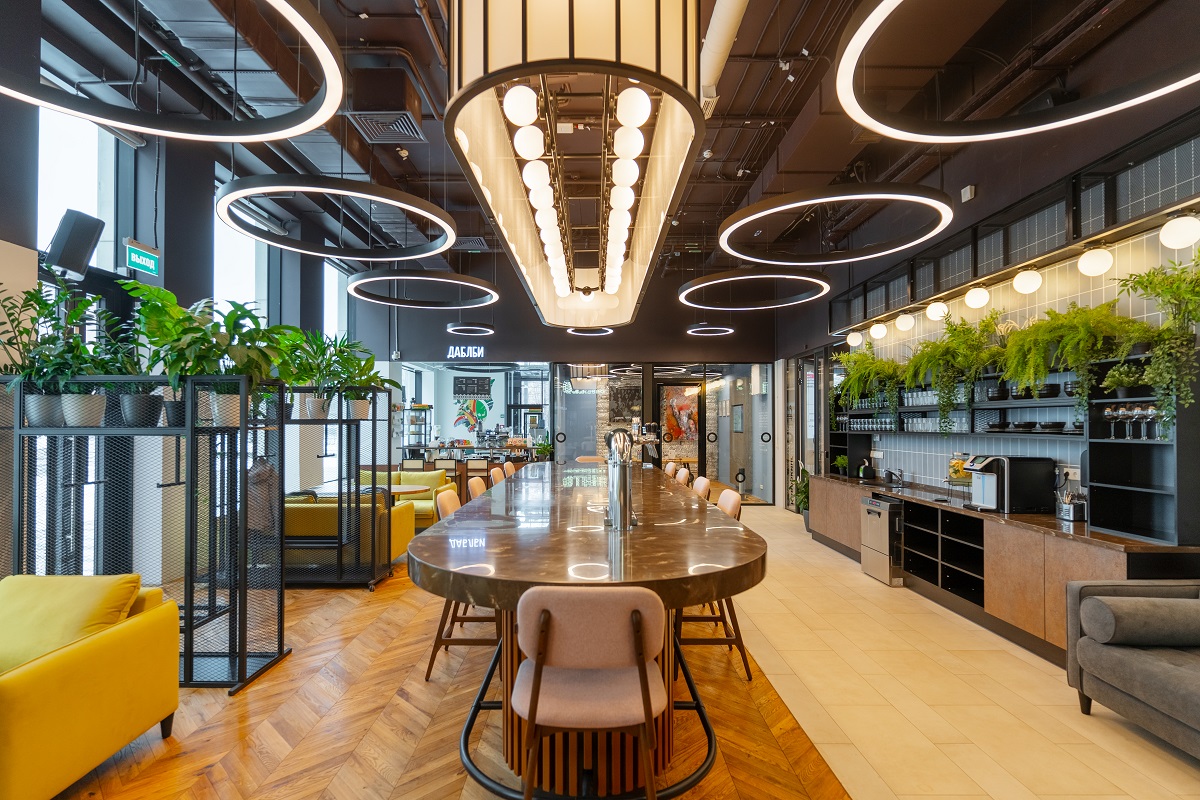
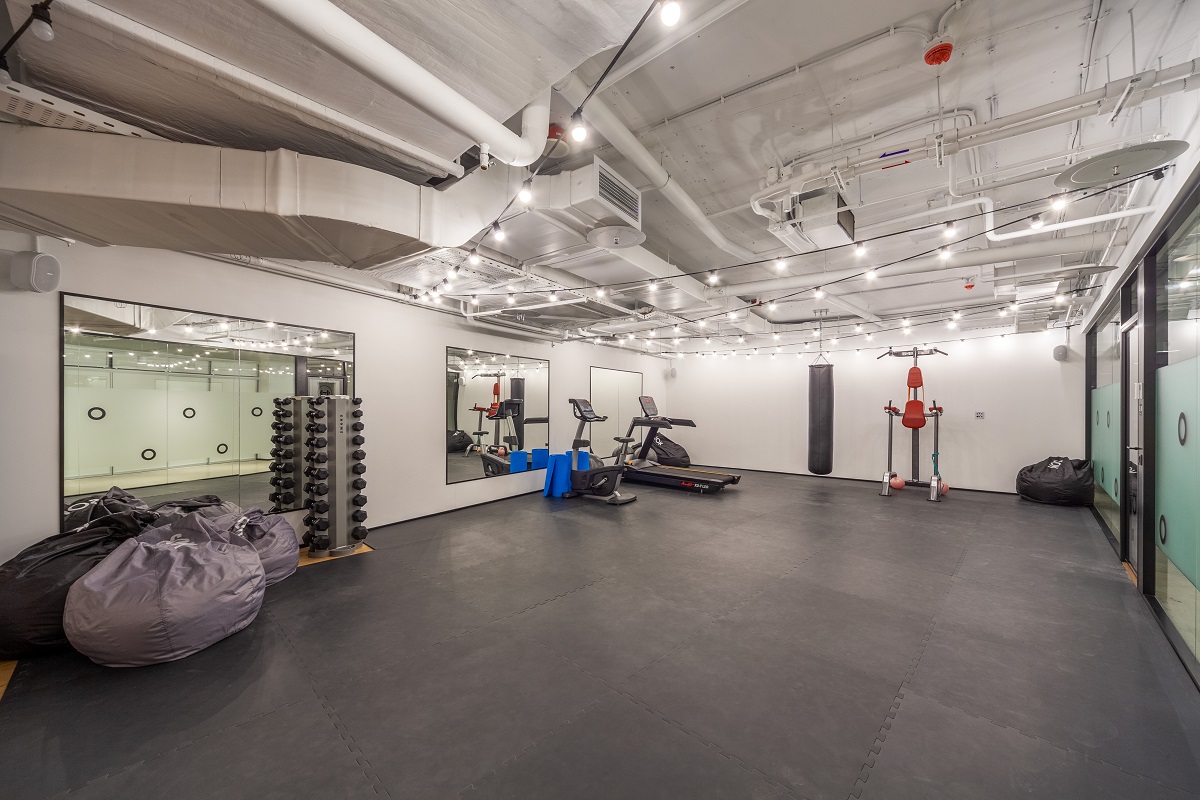
— What makes an office smart? Are there any technologies that are mandatory attributes of such spaces?
— In smart offices, a lot of attention is paid not only to perceived comfort, but also to what is difficult to see at first glance.
For example, it has been scientifically proven that the CO2 level affects people’s ability to work. As a result, smart offices pay a lot of attention to indoor air quality: air-monitoring systems are used to read microclimate parameters and regulate fresh air supply.
There is also an enormous amount of research proving that reverberation (echo) levels at excessive levels lead to rapid fatigue. Therefore, standards are often developed to monitor and regulate sound quality in workspaces.
Plus, environmental friendliness. It’s no longer just a trend, but a lifestyle and a conscious business choice. Therefore, environmental certification of the workspace is a must for smart offices.
Thus, in smart offices, everything is aimed at making employees feel comfortable to work in, and that they do it quickly and efficiently.
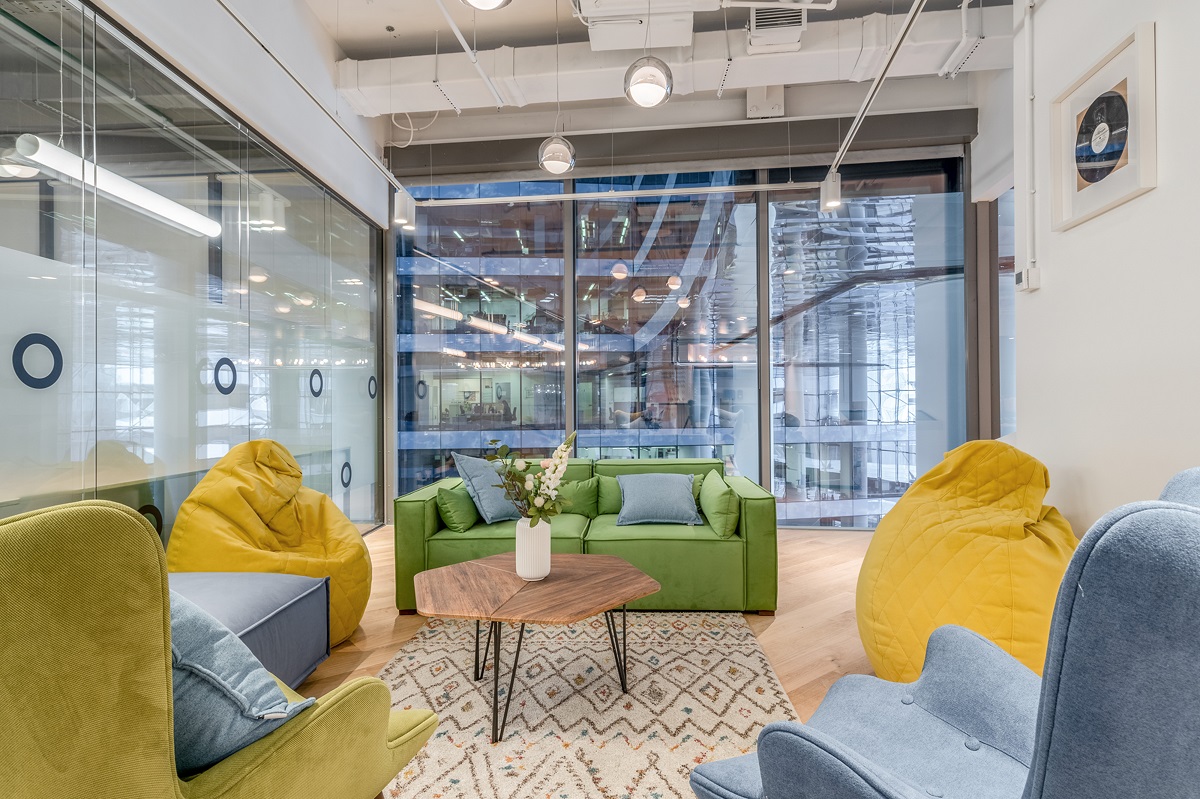
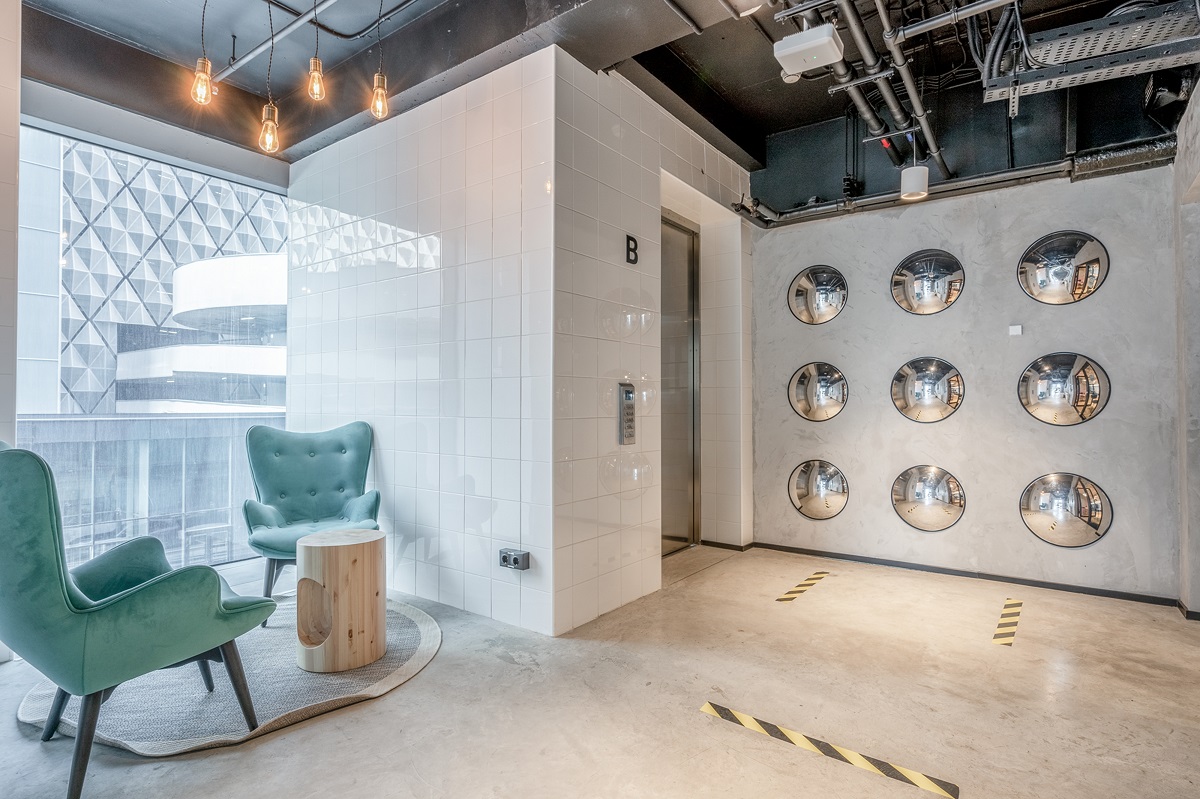

Author
I am responsible for editorial work. I write expert interviews and guides.























